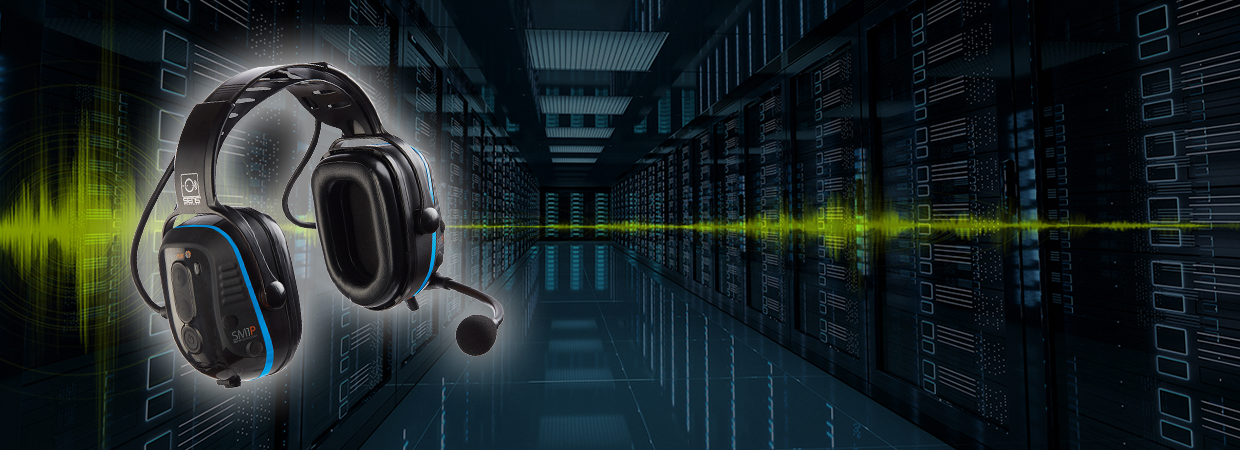
Quick Links
Blog Categories
- Hearing Protection
- High-Noise Workplace Safety
- High-Noise Communication
- Noise-Induced Hearing Loss
- Sensear Technology
- Hazardous Locations / Intrinsic Safety
- Bluetooth® / Wireless Communication
- Situational Awareness
- Noise Suppression
- Two-Way Radio Communication
- Tours and Training
- Double Hearing Protection
- Sensear News
- Hearing Protection Headsets
- Headset Maintenance
- Hearing Protection for Workers
- Noise Reduction headset
- Noise-Canceling Communication Headsets
- OSHA Hearing Protection Standards
- Occupational Hearing Protection
- SENS® Technology for Hearing Protection
- 360° Situational Awareness
- Headsets for Dangerous Work Environments
- Headsets for Loud Machinery
- Health and Safety in Industrial Workplaces
- Hearing Protection Equipment for Workers
- Hearing Protection in Industrial Workplaces
- High-Noise Environments
- Industrial Communication Solutions
- Industrial Headsets for Safety
- Industrial Noise Protection
- Noise-Induced Hearing Loss Prevention
- Safety Headsets for Noisy Environments
- Workplace Safety with Headsets
- AI Data Centers
- ATEX Certified Headsets
- Aircraft ground crew communication
- Airport Ground Support Safety
- Airport ground crew headsets
- Aviation industry safety solutions
- Baggage handler headsets
- Battery-Powered Two-Way Radio Headsets
- Bluetooth Headsets for Communication
- CSA Certified Headsets
- Clear Communication in Hazardous Zones
- Clear communication in noisy environments
- Construction Communication Headsets
- Construction Safety Equipment
- Construction Worker Safety
- Data Center Noise Reduction
- Data Center Productivity
- Data Center Safety
- De-icing crew communication
- Dual hearing protection
- Explosion Proof Communication Equipment
- Explosion-Proof Headsets
- Ground support equipment noise
- Hazardous Environments
- Hazardous Location Communication
- Hazardous Noise
- Hearing Protection Solutions
- Hearing Protection for Manufacturing
- High-Performance Headsets
- High-noise manufacturing environments
- IECEx Certified Headsets
- Industrial Noise-Canceling Headsets
- Industrial Radio Headsets Compatibility
- Industrial Safety
- Intrinsically Safe Headsets
- Long Battery Life Radio Headsets
- Manufacturing safety solutions
- Manufacturing worker safety gear
- Noise Cancelling Ear Protection
- Noise exposure in manufacturing
- Occupational Health and Safety
- Occupational hearing loss prevention
- Personal Protective Equipment (PPE)
- Preventing hearing damage in manufacturing
- Protecting workers' hearing
- Respiratory Protection
- Road Construction
- SENS Technology
- Safety Gear for Hazardous Locations
- Sensear Headsets
- Situational Awareness in Data Centers
- Situational awareness in Manufacturing
- Smart Earplugs vs. Smart Headsets
- Two-Way Radio Headsets
- UL Certified Headsets
- Worker Safety
- Workplace Safety
Sensear Newsletter
Subscribe to receive the latest news andtechnology from Sensear.
The Sound of Safety
Join us on an educational journey as we dive deep into hearing loss prevention, occupational safety, situational awareness, and more with Dr. Keith Darrow.
EPISODE #001
Preventing Occupational Hearing Loss with Neuroscientist Dr. Keith Darrow
ABOUT THE AUTHOR
is a member of the Sensear team who shares insights on hearing and noise protection. With a background in hearing safety, he aims to inform and inspire readers.







